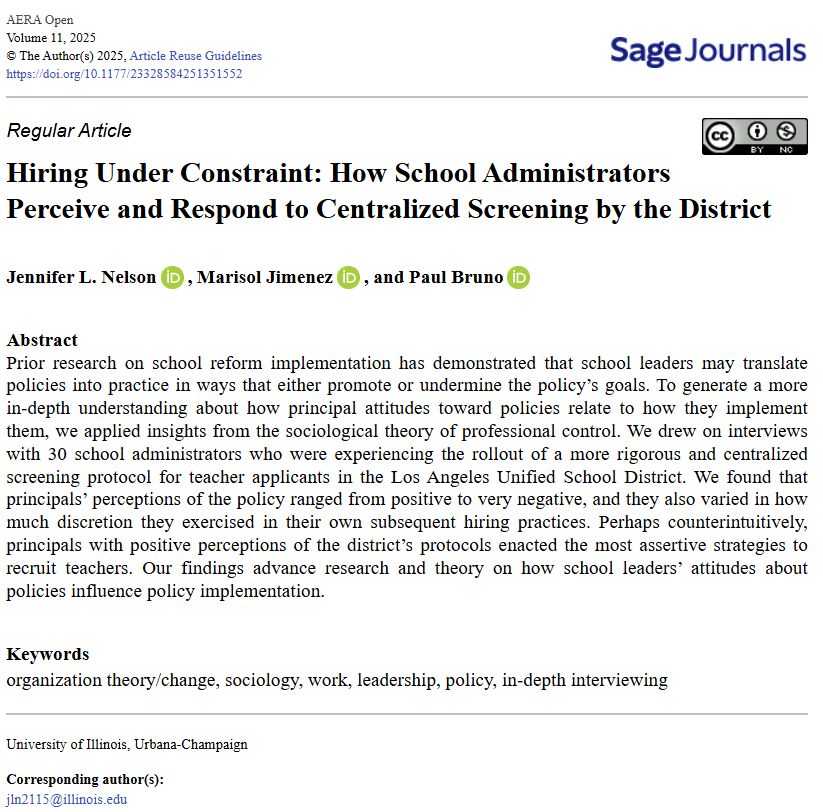Danielle Edwards
@drdsedwards.bsky.social
430 followers
140 following
46 posts
Assistant Professor of Educational Leadership & Policy, Old Dominion University. I study geographic inequities in access to effective schools & teachers
Posts
Media
Videos
Starter Packs
Reposted by Danielle Edwards
Reposted by Danielle Edwards
Danielle Edwards
@drdsedwards.bsky.social
· Apr 30

Research Agenda: Grow Your Own Teachers
This research agenda identifies key questions and data sources that can be used to uncover how GYO programs shape education, influence teacher outcomes, affect school and district performance, improve...
www.newamerica.org
Danielle Edwards
@drdsedwards.bsky.social
· Apr 30
Danielle Edwards
@drdsedwards.bsky.social
· Apr 30
Danielle Edwards
@drdsedwards.bsky.social
· Apr 30
Danielle Edwards
@drdsedwards.bsky.social
· Apr 11
Danielle Edwards
@drdsedwards.bsky.social
· Apr 11
Danielle Edwards
@drdsedwards.bsky.social
· Apr 11

Research Agenda: Grow Your Own Teachers
This research agenda identifies key questions and data sources that can be used to uncover how GYO programs shape education, influence teacher outcomes, affect school and district performance, improve...
www.newamerica.org










